To keep your skin clean and healthy and ensure your makeup stays flawless, it is essential to regularly clean your makeup brushes to remove residual cosmetics and other bacteria. Instead of purchasing expensive commercial makeup brush cleaners, you can easily make your own cleanser using common household ingredients. Below, I will teach you how to create a basic cleanser with just two materials, a gentle cleanser using all-natural ingredients, and a daily-use spot-cleaning spray.
By preparing your own makeup brush cleanser, not only will you save money, but you will also have control over the ingredients used. Depending on the material of your makeup brushes, you can customize the cleanser to be gentle or more effective at removing cosmetics. This way, you can protect both your brushes and your skin from harm.
Ingredients:
Basic Makeup Brush Cleanser:
- 2 parts antibacterial dish soap
- 1 part olive oil
Natural Makeup Brush Cleanser:
- Approximately 120 ml witch hazel
- 2 teaspoons (10 ml) liquid castile soap
- Approximately 240 ml of distilled water
- 1 teaspoon (5 ml) of nourishing oil, such as olive oil, jojoba oil, or almond oil
Daily-Use Makeup Brush Cleaning Spray:
- Approximately 60 ml distilled water
- Approximately 150 ml isopropyl alcohol
- 10-15 drops of essential oil
Method 1: Basic Makeup Brush Cleaner
Mix the soap and olive oil. In a small dish, combine the antibacterial dish soap and olive oil in a ratio of 2:1. Use a spoon to mix them well.
- The antibacterial dish soap helps kill bacteria or germs on the makeup brushes, while the olive oil helps break down residual makeup, ensuring thorough cleaning of the brushes.
- Avoid using a paper plate to mix the cleanser as the oil may penetrate through it.
Wet the makeup brush. Take the brush you intend to clean and rinse it under lukewarm tap water. Use your fingers to gently agitate the bristles, ensuring they are thoroughly soaked.
- When wetting the makeup brush, make sure to keep the bristles facing downwards. Avoid allowing water to enter the connection between the bristles and the brush handle, as it may loosen the adhesive and cause bristle shedding.
Submerge the brush in the cleanser, allowing it to penetrate the bristles. Ensure all the bristles are evenly coated with the cleanser. Then, move the brush back and forth in your palm to allow the cleanser to work into the bristles. Keep moving the brush until the soap suds are no longer tinted with makeup.
- If the makeup brush is heavily soiled, you may need to remove it from the cleanser, wipe off the soap suds, and then submerge the bristles again.
Rinse the brush thoroughly and let it air dry. Once the remaining cleaner is no longer tinted, remove the brush and rinse it under running water until the water runs clear of soap suds. Gently reshape the damp bristles with your fingers and lay the brush flat to dry.
- Ideally, place the makeup brush flat on the edge of a table or countertop to allow the bristles to hang in mid-air, preventing water from seeping into the connection between the bristles and the brush handle.
Expert recommendation: “Clean your makeup brushes once a week. It’s also advised to clean all of your makeup brushes at once, so you don’t have to keep track of which ones are clean and which ones are dirty.” —MAKEUP ARTIST KATYA
Method 2: Natural Makeup Brush Cleaner
Mix all the ingredients in a container. Prepare a glass jar or another suitable container and pour approximately 120 ml of witch hazel, 2 teaspoons (10 ml) of liquid castile soap, 240 ml of distilled water, and 1 teaspoon (5 ml) of nourishing oil such as olive oil, jojoba oil, or almond oil. Cover the container and shake well to combine all the ingredients.
- Witch hazel has antibacterial properties that can kill bacteria on makeup brushes. Castile soap helps remove residual makeup and other dirt. The oil helps break down makeup and nourishes the bristles.
- The oil may separate from other ingredients, so it’s necessary to shake the mixture before each use.
Soak the makeup brushes in the cleanser. When you’re ready to clean your makeup brushes, pour a small amount of the cleanser into a bowl or cup. Place the brushes into the mixture and let them soak for 5-10 minutes.
- Alternatively, you can use a spray bottle to apply the cleanser to the brushes, then rub the bristles against a towel to clean them.
Rinse the brushes thoroughly and let them air dry. After soaking for a few minutes, remove the brushes from the cleanser and rinse them under lukewarm tap water. Gently reshape the bristles with your fingers. Place the brushes on a countertop to air dry.
- Avoid placing the brushes upside down as it may cause water to seep into the connection between the bristles and the brush handle, leading to bristle shedding.
Method 3: Daily Makeup Brush Cleansing Spray
Pour alcohol into a spray bottle. Pour approximately 150 ml of isopropyl alcohol into a clean plastic or glass spray bottle, ensuring that there is enough space for water and oil.
- 70% isopropyl alcohol is recommended for effective cleansing. Alcohol not only disinfects the makeup brushes but also helps the cleanser dry faster, allowing you to use them immediately after spot cleaning.
- The spray bottle should have a capacity of at least 240 ml.
Add water and oil. After pouring the alcohol into the spray bottle, add approximately 60 ml of distilled water and 10-15 drops of your favorite essential oil. Shake the spray bottle vigorously to ensure thorough mixing of all the ingredients.
- The essential oil is used to mask the scent of alcohol, so you can choose your preferred fragrance. Consider using antibacterial essential oils such as eucalyptus, lavender, peppermint, or tea tree oil.
- The oil may separate from other ingredients, so shake the spray before each use.
Spray the cleanser onto the makeup brushes and rub them on a towel. Spray a small amount of the cleanser onto the bristles of the makeup brush. Rub the bristles against a towel or tissue to clean them. Let the bristles air dry naturally for 1-2 minutes before using them for makeup application.
- After cleaning the bristles, touch them with your fingers to ensure they are completely dry before using them for makeup.
And there you have it, a simple and effective makeup brush cleanser that is affordable and efficient. There are not only cleaners for completely cleaning makeup brushes, but also formulas for daily maintenance and temporary sterilization. This is more than enough for your regular use. This is more than enough for your regular use.
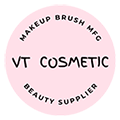
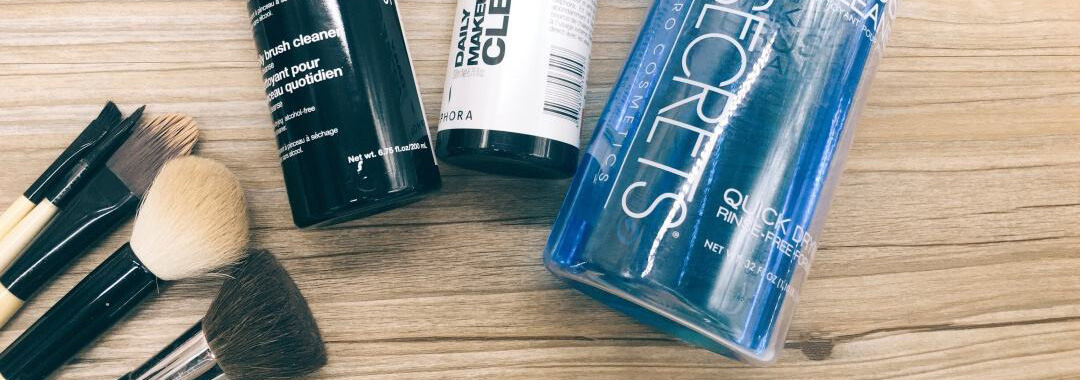
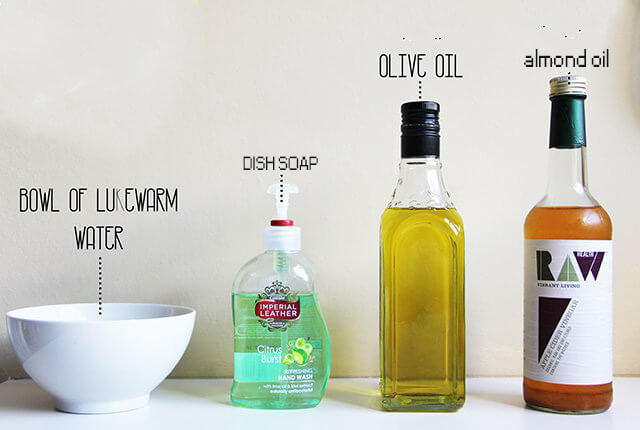
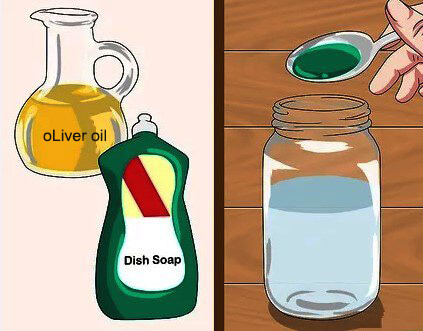
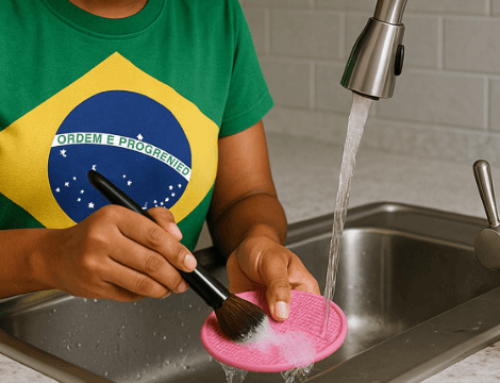
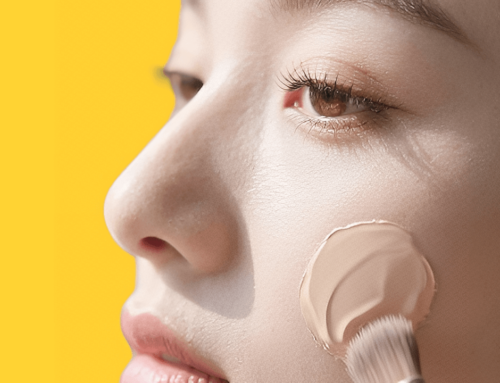
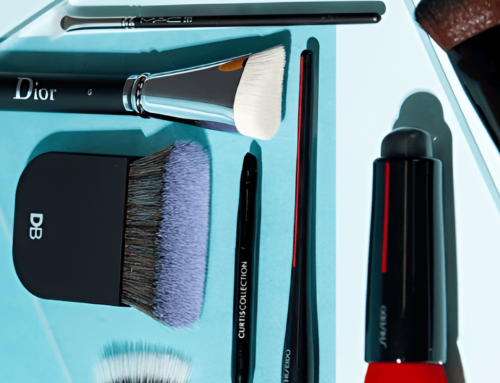
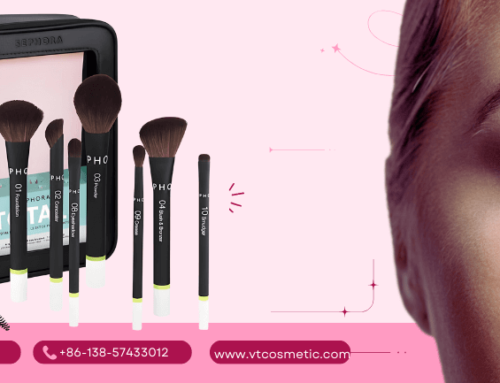
Recent Comments